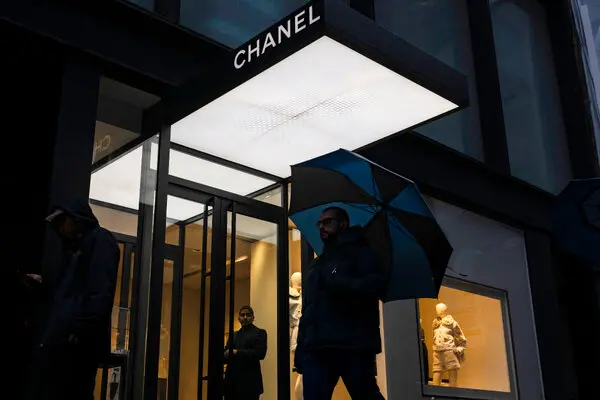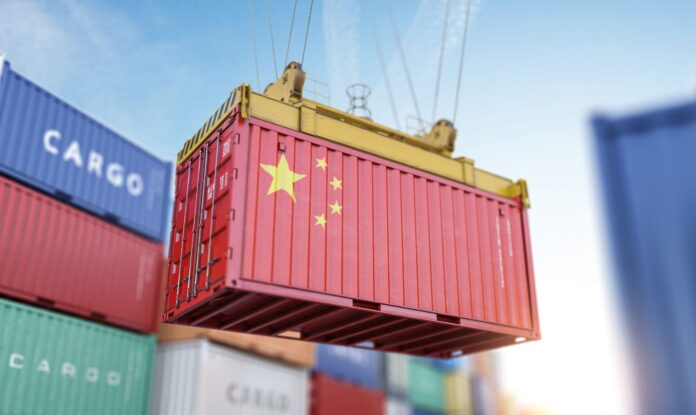As luxury fashion brands navigate the complexities of international trade, the introduction of European Union (EU) tariffs presents a significant challenge that can impact their profitability and market strategies. These tariffs, which could potentially increase the costs of imported goods, have struck a note of concern among luxury retailers. Brands that once flourished in a seamless trading environment now face the prospect of rising operational costs, which could force them to re-evaluate their pricing strategies and supply chains.
The introduction of EU tariffs challenges luxury brands, forcing them to reassess pricing strategies and supply chains amid rising operational costs.
The fallout from these tariffs is evident, as companies are exploring various approaches to mitigate their financial exposure. For instance, some luxury brands are considering relocating their production facilities to countries outside the EU to sidestep the additional costs associated with tariffs. “It’s not just about maintaining profit margins; it’s about survival in a highly competitive market,” stated an industry analyst, highlighting the urgency of the situation.
In response to these challenges, luxury brands are also increasing their focus on local production, which not only helps to reduce costs but also appeals to a growing consumer preference for sustainability.
Additionally, the potential for reduced consumer demand looms large over the luxury fashion sector. As prices rise due to tariffs, consumers may reconsider their spending habits, particularly in high-end markets where discretionary spending is more sensitive to price changes. A spokesperson for a prominent luxury brand expressed concern, saying, “We must balance the need to maintain our brand’s exclusivity with the economic realities our customers face.” This sentiment reflects the delicate balance brands must strike between profitability and consumer accessibility.
Furthermore, the competitive landscape is shifting as some luxury brands may choose to absorb the tariff costs rather than pass them onto consumers. This strategy, while noble, could lead to diminished profit margins, which may not be sustainable in the long term. “It’s a risky game,” remarked a financial expert, emphasizing the precarious situation many brands find themselves in.














